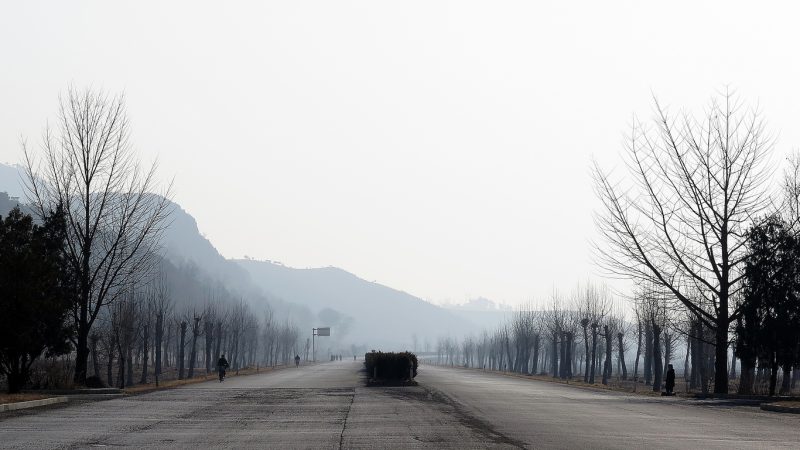The Korean War was fought as a result of the Soviet Union moving into what is now North Korea and the United States moving into what is now South Korea, following World War II. Japan originally ruled Korea but lost it in August of 1945 when the Soviet Union declared war on Japan. As this happened, the Country was split at the 38th parallel creating North and South Korea.
Neither the North or the South found this to be a permanent solution and believed the other half of Korea was rightfully theirs. As a result, North Korea invaded South Korea in June of 1950 with the help of China and the Soviet Union, starting the Korean War. Here are ten facts you need to know about the Korean War.
1. What is its name?
The Korean War goes by several names. In the United States, it’s referred to as the Korean War or even the Forgotten War. This is not the case in the Korean countries, with North Korea referring to it as the Fatherland Liberation War and South Korea calling it Six-Two-Five. This is a reference to the date the war started, 6-25-1950. Even China has given the war its own name, referring to it as the War to Resist U.S. Aggression and Aid Korea.
2. A Never-Ending War
The Korean Armistice Agreement was signed to put an end to “all acts of armed violence” but it didn’t actually put an end to the war. Essentially, the agreement was a ceasefire designed to hold the two countries over until they were able to find a peaceful settlement. But as time went on, that settlement never came, and here we are 63 years later, and the two countries are technically still at war with each other.
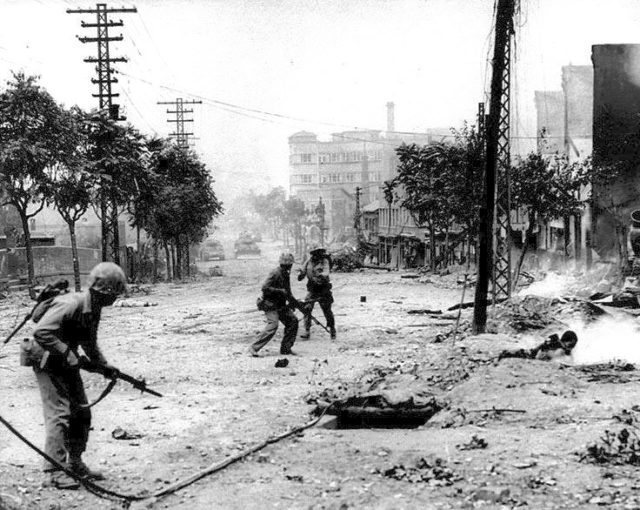
3. The U.S. Never Declared War
It was June 25th, 1950 that North Korea invaded South Korea. The move came after the Soviet Union gave approval for North Korea to invade. At the time the United States had been actively pulling out of South Korea with few troops in the country. It only took two days for the United States to get involved in the war, when on June 27th President Harry S. Truman made the call for air and naval action as North Korea approached Seoul. It was just three days later that troops were sent back to Korea to help the South fight.
Though the United States was involved in a war, the United States Congress never declared war on North Korea and has not done so since World War II.
4. United Nations Called on Countries To Assist
As they war unfolded, the United Nations demanded that North Korea stop attacking South Korea and go back to the 38th parallel. This order was ignored and, in turn, the United Nations called upon nations to assist South Korea in fighting the battle. Because of this, over 15 countries participated in supporting South Korea. This included not only the United States but also the United Kingdom, France, Ethiopia, Canada and Australia.
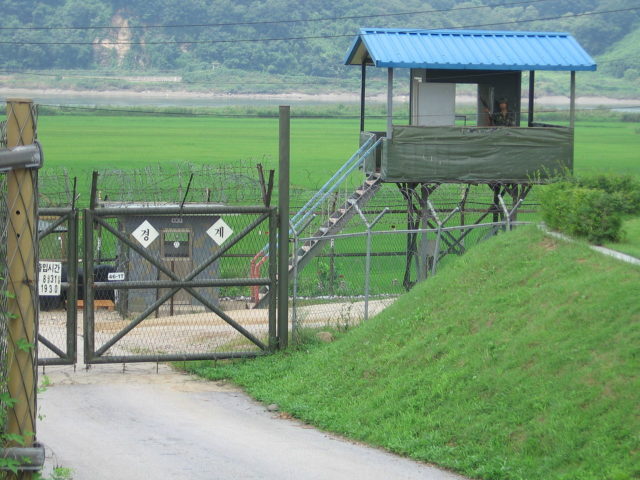
The DMZ
The infamous Korean De-Militarized zone, or DMZ, was created in 1953 as the armistice to end acts of war was drafted. The zone is about two and a half miles wide and is ideally supposed to be a buffer between the two countries where no military activity should occur. Though it is supposed to be demilitarized, there have still been instances where violence has occurred either by the military or by civilians.
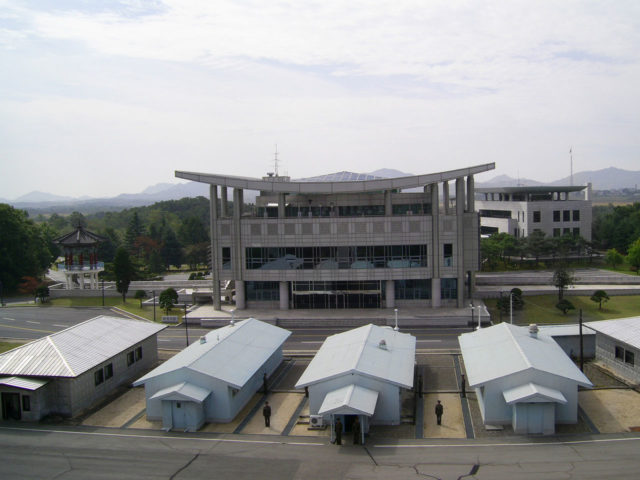
Within the demilitarized zone are meeting places for the countries to meet for talks. Before this, the countries were roughly split at the 38th parallel which acted as the border. Since 1953, the demilitarized zone has acted as the border (with the military demarcation line lying in the middle of it) between North and South Korea.
6. The 38th Parallel Has Always Been the Topic Of Discussion
In the late 1890s, Japan looked to separate the Korean Peninsula into two countries with Russia. Japan’s idea was simple: they split the peninsula in half at the 38th parallel and Russia would control the north, while Japan would control the south. But it wasn’t until 1945 that the peninsula would be split. The demilitarized zone is partially based on the 38th parallel, even crossing paths in several areas.
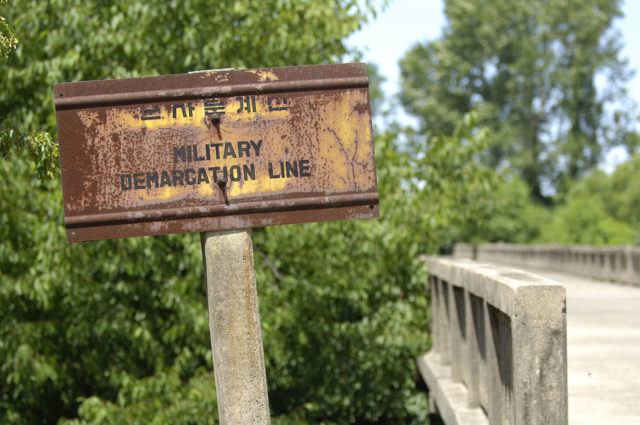
7. The United States Dropped a Lot of Bombs
The United States military dropped more bombs during the Korean War than they did during the fight in the Pacific Theatre in World War II. It’s estimated the U.S. dropped 635,000 tons of bombs on Korea, and about 32,000 tons of that was napalm. North Korea was decimated, as most of their important buildings including schools, government offices, businesses, etc. were destroyed.
8. Deadly
The Korean War is often regarded as the Forgotten War, as it lacked a lot of public attention. Though it lacked attention, there were a lot of military personnel and civilians killed or wounded due to the war. It’s estimated that around 2.5 million civilians were either wounded, killed, missing or abducted during the war, while over 2 million troops were either killed, wounded or missing.
9. Military Demarcation Line
There is the demilitarized zone, and then there is the military demarcation line. This line lies within the demilitarized zone and acts as the actual border of the two countries. The line, as well the demilitarized zone, are products of the 1953 armistice. To mark where the line is, there are exactly 1,292 signs along the line that note the military demarcation line. On the North side, the signs are written in Korean and Chinese while on the South side, they are written in Korean and English.
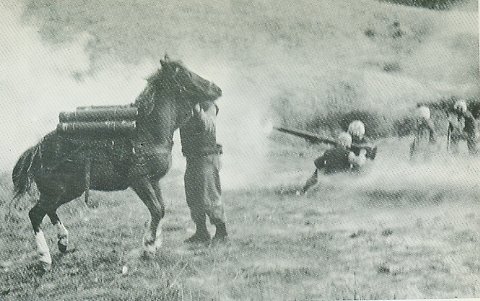
10. A Horse of Importance
An unlikely animal is heralded as a hero of the Korean War. Sergeant Reckless was a thoroughbred Mongolian horse bought by several United States troops who trained the horse to run supplies like ammo and food to the battlefield. She learned the routes fairly quickly and served in many combat situations. In one such situation, the Battle for Outpost Vegas, she ran the route 51 times bringing supplies to the troops in need.
